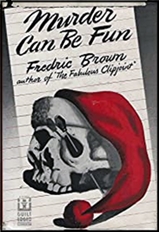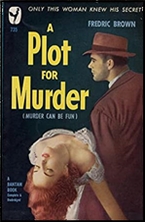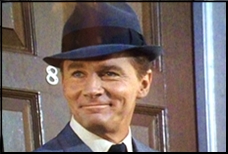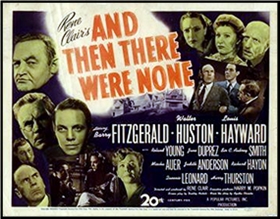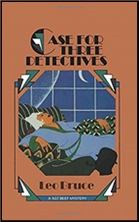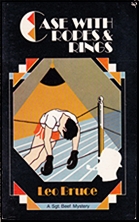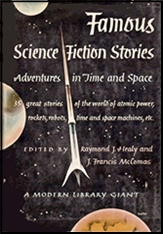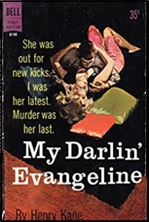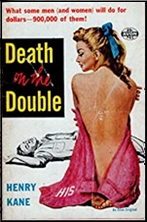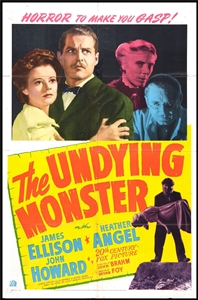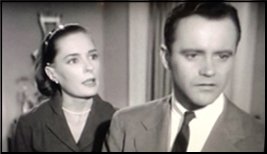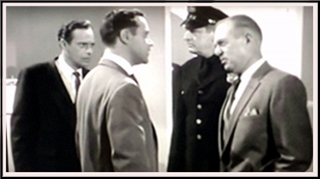REVIEWED BY DAVID VINEYARD:
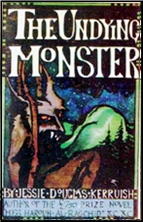
THE UNDYING MONSTER. 20th Century Fox, 1942. James Ellison, Heather Angel, John Howard, Bramwell Fletcher, Heather Thatcher, Aubrey Mather, Halliwell Hobbes. Screenplay by Lillie Hayward and Michael Jacoby, based on the novel by Jessie Douglas Kerruish (Heath Cranton, UK, hardcover, 1922. Macmillan, US, hardcover, 1936). Directed by John Brahm.
This is a B-movie. Don’t get confused because it is well done, it’s a B by a director, John Brahm, who was about to breakout into a brief A career (The Lodger, Hangover Square, The Brasher Doubloon) before eventually ending up directing television. What he does here is to bring an A sensibility and skills to a B film for all its B trappings and cast.
The novel, by Jessie Douglas Kerruish, is among other things, one of the best werewolf novels ever written. Admittedly that isn’t a very wide area, there’s Dumas’s The Wolf Leader, Stevenson’s updated Strange Case of Dr. Jekyll and Mr. Hyde, Guy Endore’s Werewolf of Paris, and in modern times, a handful of books by Poul Anderson, Stephen King, Robert McKinnon, Gary Brander, and Richard Jacoma, but for all their popularity in film, there are relatively few literary werewolves worth noting.
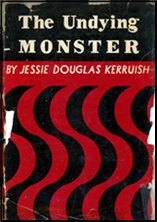
I guess they are too hairy and smelly to be as sexy as vampires.
The novel is somewhat more serious and better than the film, though the basic story is the same. John Hammond is the scion of cursed family haunted by a monster that takes the life of the oldest born. He brings in a friend to help and it is discovered an ancient Viking curse turns the Hammond men into ravening beasts at a certain age. Much of the novel is uncovering that curse and then finding a way to reverse it before it is too late.
It is an excellent supernatural novel that comes close to actually making werewolves halfway believable and is full of invention and ideas. Of its kind it is a small and distinguished classic.
The film keeps the central idea, but loses much of what makes the novel a classic of its kind.
Yet in its own way the movie, B as it is, is a minor classic too, standing comfortably only just behind The Wolfman and The Werewolf of London despite its cheaper production values.
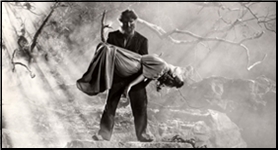
John Howard (Paramount’s Bulldog Drummond) is John Hammond, scion of the Hammond family, and “victim†of the family curse when his little dog is killed by something in the dark on a foggy night. Not much later there is a human death and Scotland Yard is brought in.
Inspector Craig (Aubrey Mather) thinks this is the perfect case for scientific detective Robert Curtis (James Ellison who had a relatively brief career as a minor leading man and cowboy star) and his female assistant Christy (Heather Thatcher), who is a bit on the screwball side and something of a suffragette (the period is Pre-WW I), who is dispatched to Hammond manor to lay the beast, or the murderer, whichever it may be.
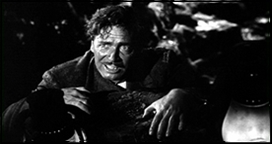
Largely set-bound, Brahm does a good job with dark and light and fog to keep everything swirling around all the fuzzy edges. There is a claustrophobic feel to the film of something awful in the shadows that is well contrasted with Ellison’s bright scientific mind trying to shine light in all those dark corners, even if that light may reveal something science isn’t ready for
This film is as close as you get in the period to “Sherlock Holmes Meets the Wolfman.â€
Things aren’t easy either, Hammond’s beautiful sister (Heather Angel) is endangered, butler Halliwell Hobbes is hiding something, and Dr. Bramwell Fletcher is downright suspicious — is he just jealous of Curtis attraction to Heather Angel, or is there something more going on? He is certainly hiding something.
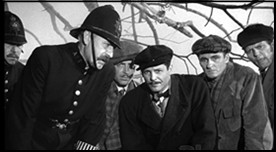
He knows something.
And why is he poisoning John Hammond?
It’s a fast moving movie, and builds to a fine finish on the cliffs with the mystery of the Hammond curse laid at last, very nearly finally for Curtis.
In some ways the most interesting character in the film is Heather Thatcher’s Christy, Watson to Curtis Holmes. She is a modern mature woman, not a helpless young thing, and she has some actual skills though she is in part comic relief. For once though you can actually see why Curtis might have her around. She isn’t just there to point a gun at the bad guy after Curtis exposes him or look good around the office.
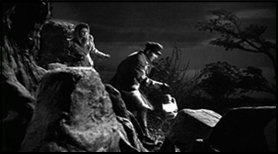
This is no masterpiece. Younger viewers may not have as much patience with it as those of us who grew up on B films.
I would still like to see a more faithful adaptation of the Kerruish novel, but this is damn good on its own and hold up fairly well.
For now you can catch it on YouTube, and it is actually worth a look.
